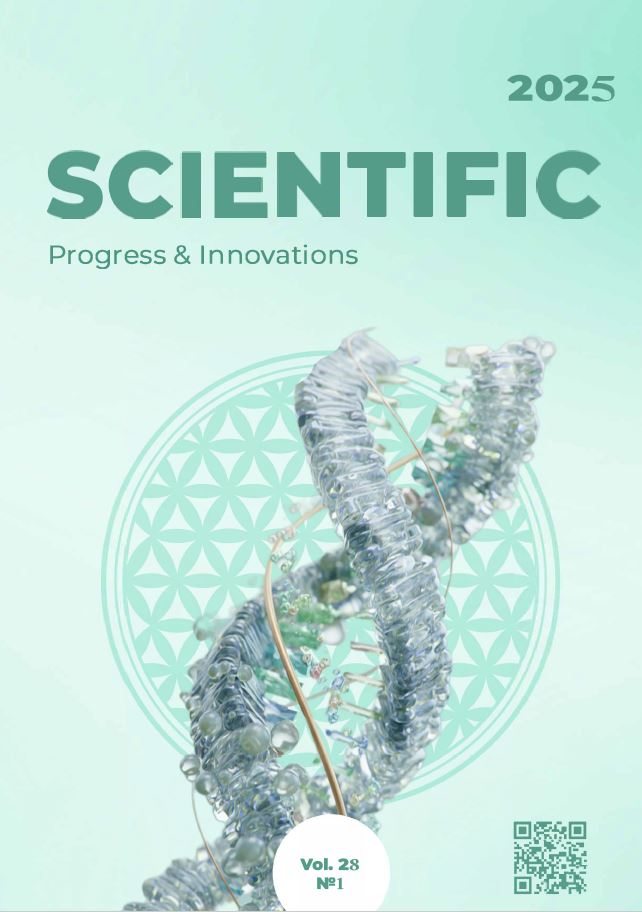Environmental pollution with eimeria oocysts in poultry farmers of the Poltava region
DOI:
https://doi.org/10.31210/spi2025.28.01.31Keywords:
parasitology, chickens, eimeriosis, oocysts, contamination, environmental objectsAbstract
Eimeriosis is a protozoan infection that is widespread in poultry farming, especially in floor-based housing systems in small homestead farms. Eimeriosis leads to high mortality in young birds, which causes significant losses to poultry farming. Under favorable conditions, eimeria oocysts can accumulate in large quantities in a poultry house in a short time, contaminating environmental objects such as equipment, feed, soil, litter, etc. All this leads to infection of poultry through objects contaminated with oocysts, which are a constant potential threat of disease spread. The aim of the research was to determine the degree of contamination of poultry facilities with eimeria oocysts in private farms in the Poltava region. In the Laboratory of the Department of Parasitology and Veterinary and Sanitary Expertise of Poltava State Agrarian University, the level of contamination with oocysts of soil and poultry houses in farms that are unfavorable for chicken eimeriosis was determined. The conducted studies showed that the extensive and intensive index of contamination with eimeria oocysts was higher when studying poultry houses – 75.56 % and 561.88 individuals/kg compared to the indicators obtained when studying soil from walking areas – 45.19 % and 473.75 individuals/kg, respectively. The greatest soil contamination, regardless of the sampling location, was detected on its surface and the contamination rates were in the central part of the site – 50 % and 490 individuals/kg, at the edges of the walking area within a radius of 1 m – 60 % and 947.22 individuals/kg, near the feeders within a radius of 1 m – 66.67 % and 1012.5 individuals/kg. At the same time, the poultry house objects had significant indicators of extensive and intensive contamination index with eimeria oocysts and amounted to 70 % and 638.1 individuals/kg in the central part of the room, 80 % and 406.25 individuals/kg in the area of its corners, and 76.67 % and 641.3 individuals/kg near the feeders within a radius of 0.5 m, respectively. The results obtained allow us to understand the mechanisms of transmission and subsequent infection of birds with Eimeria spp. oocysts and, in the future, to increase the effectiveness of measures to combat and prevent the invasion.
Downloads
Published
How to Cite
Issue
Section
License
Copyright (c) 2025 Scientific Progress & Innovations

This work is licensed under a Creative Commons Attribution 4.0 International License.

 Creative Commons Attribution 4.0 International Licens
Creative Commons Attribution 4.0 International Licens